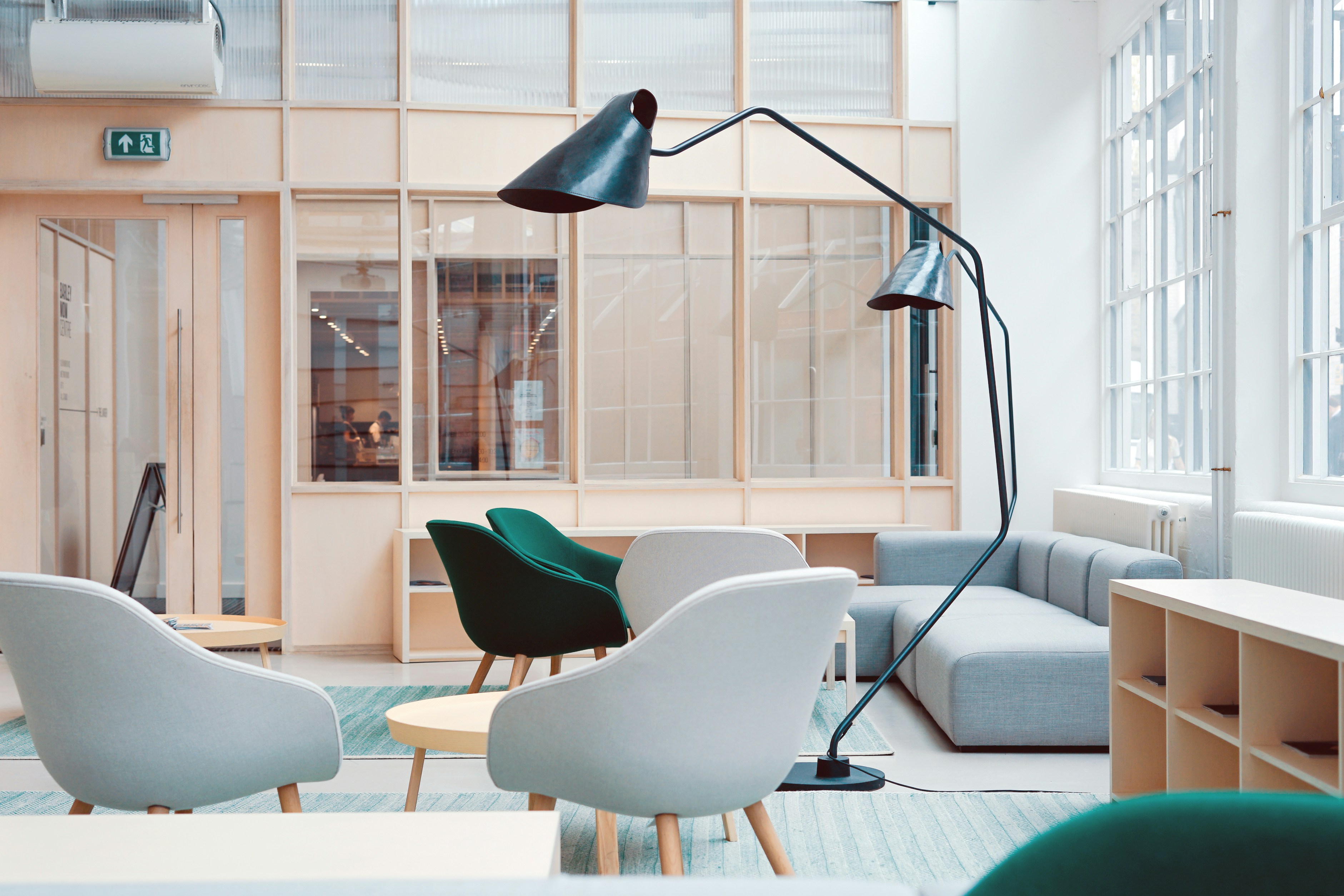Boosting Productivity and Happiness: Creating the Ideal Environment
August 23, 2024 | by ieva.stanynaite@hostinger.com
 Photo by Toa Heftiba on Unsplash
Photo by Toa Heftiba on Unsplash
The Relationship Between Environment and Productivity
The environment in which one works plays a crucial role in influencing productivity levels. Natural lighting, for instance, is known to improve mood and energy, directly affecting overall efficiency. Studies have shown that exposure to natural light helps regulate sleep patterns and boosts alertness, making it easier to focus on tasks. Conversely, poor lighting can lead to eye strain and headaches, hindering performance.
Noise levels also profoundly impact productivity. While some people thrive in bustling environments, most research points to quieter settings being more conducive to focused work. Implementing soundproofing measures or using white noise machines can significantly reduce distractions, creating a more productive workspace. Ergonomic furniture, such as adjustable chairs and desks, can prevent physical discomfort and injury, contributing to sustained work efficiency.
Clutter-free workspaces are another essential component of a productive environment. According to psychological theories such as Environmental Psychology, clutter can cause overstimulation, making it difficult to focus. A clean and organized desk fosters a sense of calm, allowing for better concentration and efficiency. Including plants in the workspace can also enhance productivity by improving air quality and providing a soothing visual effect.
Personalization of workspaces allows individuals to feel more comfortable and engaged. This can be achieved through family photos, artwork, or personal mementos. The right color schemes also play a vital role; for instance, blue can promote calm and focus, while green is known for its refreshing and stress-relieving properties. Ensuring the room temperature is neither too hot nor too cold, ideally around 22°C (72°F), can also enhance comfort and concentration levels.
In conclusion, by focusing on elements such as natural lighting, noise control, ergonomic furniture, and a clutter-free environment, it is possible to design a workspace that significantly enhances productivity. Incorporating plants, personal touches, appropriate color schemes, and maintaining the ideal room temperature further create an atmosphere where both focus and efficiency thrive.
Creating a Happy Workspace: Fostering a Positive Atmosphere
A happy and supportive work environment is essential for boosting employee satisfaction and overall happiness. An integral element of this is promoting social interaction among colleagues. Creating communal areas where employees can socialize during breaks fosters camaraderie and strengthens workplace relationships. This social connectivity can lead to enhanced cooperation and collaboration, thereby boosting productivity and morale.
Company culture plays a pivotal role in shaping the atmosphere of a workplace. A positive culture that emphasizes respect, inclusivity, and support can significantly enhance employee well-being. Encouraging open communication and providing avenues for feedback ensure that employees feel heard and valued. Furthermore, establishing a culture of recognition, where achievements are acknowledged and rewarded, has a profound impact on employee motivation and engagement. Regular recognition and reward systems can make employees feel appreciated and driven, contributing to a positive workplace.
Work-life balance is another critical factor in fostering a happy workspace. Flexibility in work schedules, such as remote work options or flexible hours, allows employees to manage their personal and professional commitments effectively. This balance can reduce stress and prevent burnout, leading to a more satisfied and productive workforce. Instituting practices such as regular breaks can also help employees recharge, maintain focus, and prevent fatigue.
Mental health support is essential in cultivating a supportive work environment. Offering resources like counseling services, workshops, or wellness programs can help employees manage stress and maintain their mental health. Additionally, organizing team-building activities can enhance team cohesion and build a stronger, more supportive team dynamic. These activities not only promote collaboration but also provide employees with opportunities to connect and unwind, further contributing to their overall happiness.
RELATED POSTS
View all

